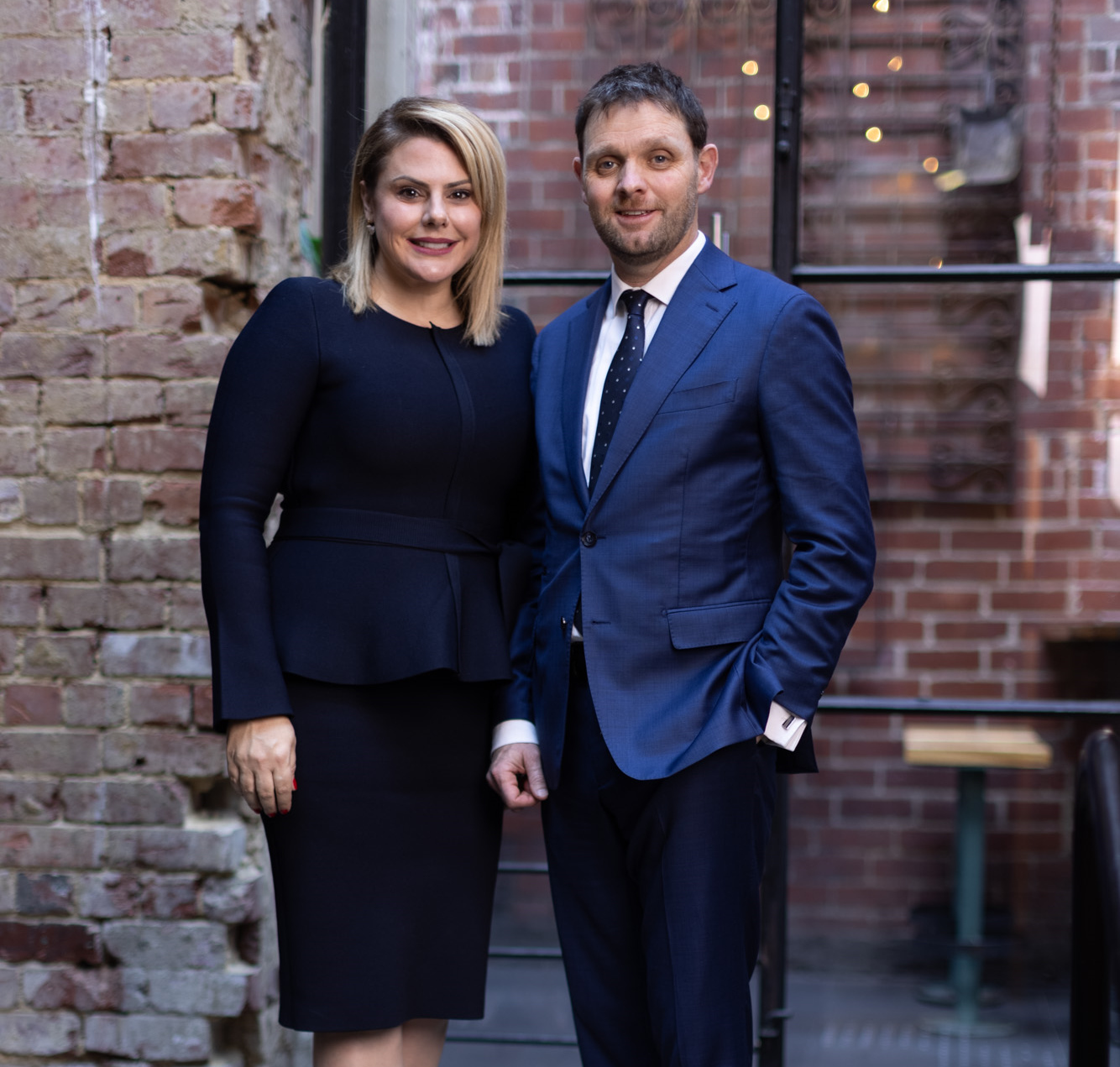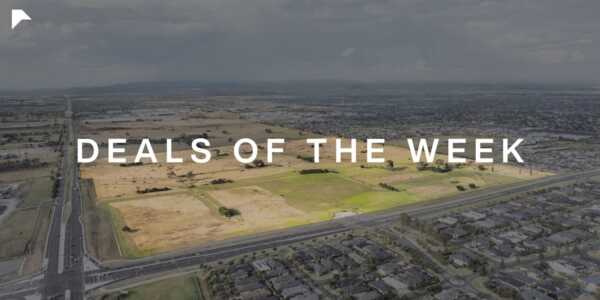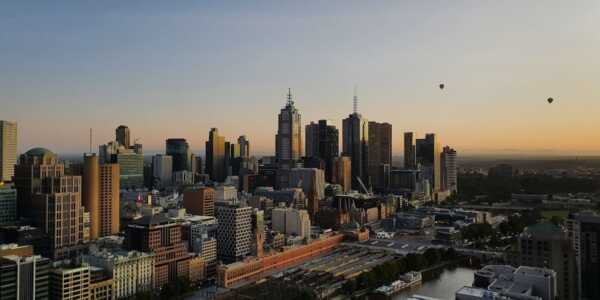“Demand for commercial real estate will continue to be strong because it offers greater stability and higher yields compared to other forms of investment”, is the sentiment being articulated by Ingrid Filmer, the Chief Executive Officer of one of Australia’s market leaders for commercial property investment, Burgess Rawson. “The incoming government is welcomed as it’s unlikely to have a major bearing on the commercial property market.”
It’s easy to see why Ms. Filmer would be so unperturbed. At Burgess Rawson’s December Portfolio Auction, the agency sold 56 properties on a blended yield of 5.22%. Then, in May, shortly after the Reserve Bank of Australia’s 25 basis point increase in the cash rate, the agency sold 25 properties for a combined $130 million, reflecting a blended yield of 5.00%. At the Sydney leg of their May Portfolio Auction, Burgess Rawson Partner Yosh Mendis notes how, “The average price paid... was 11 per cent above our written reserves.” Clearly, for Burgess Rawson, the lead-up to the election did not spell doom-and-gloom. But why is that so?
“There’s been no impact for two key reasons,” said Burgess Rawson’s National Head of Research and Data, Jesse Lapham. “One, demand is outweighing supply in our Portfolio Auction and EOIs by 6:1.”
This is particularly apparent when looking at the way yields have moved for high quality regional assets in recent months. Ms. Filmer noted back in March, “The yield differential between metro and regional is actually shrinking at an alarming rate.” You can see this exhibited at the organisation’s first Portfolio Auction of the year, where an I-Med Radiology Clinic located in Shepparton sold for $1,465,000, on a 3.17% yield. That sale value was 40% above the reserve price. As this clinic demonstrated, in the regions, demand is higher than ever for properties that offer both security and potential for growth.
As for Mr. Lapham’s second key reason? “Since August, interest rates on commercial property loans had already increased by over 100 basis points.”
Even with interest rates having already surged significantly, the market has not receded. As such, even with some economists expecting the Reserve Bank to increase the cash rate to 1.5% by year end, and 2% by the middle of next year, this is not expected to have a significant impact on the demand for commercial property, as certainty and behaviors have shifted subsequent to the pandemic.
One of those behaviors is that investors are seeking higher quality property than ever before, and as such, premium property continues to demand premium pricing. “Investors seeking quality are willing to pay, and generally do so with a long-term view,” stated Ms. Filmer. She predicts that the price separation between premium and inferior properties will widen as the economy tightens.
Another facet of this election campaign that has left the commercial market stable in its health was the lack of substantial tax reform proposed by either of the major political parties. Labor announced last year that it does not intend to retract the stage 3 tax cuts that are set to be applied from 2024 onwards, which will see earnings between $45,000 and $200,000 taxed at 30%. Besides this announcement, Labor’s taxation policies are minimalist in nature, at least for the immediate future.
Additionally, early in 2022, Labor abandoned the franking credit, capital gains and discretionary trust taxation policies that were originally presented in the lead-up to the 2019 election, all of which would have had an impact on the commercial property sector.
Hence, Burgess Rawson has exuded confidence as the political state of the country has shifted over the past week. In uncertain times, they remain poised, as they believe the commercial market is still the most dependable form of investment. As Ms. Filmer has said, “Given the significant economic changes that have occurred since the COVID pandemic began... a five-, ten- or 15-year lease provides investors with a huge amount of confidence compared to any other form of investment.”









